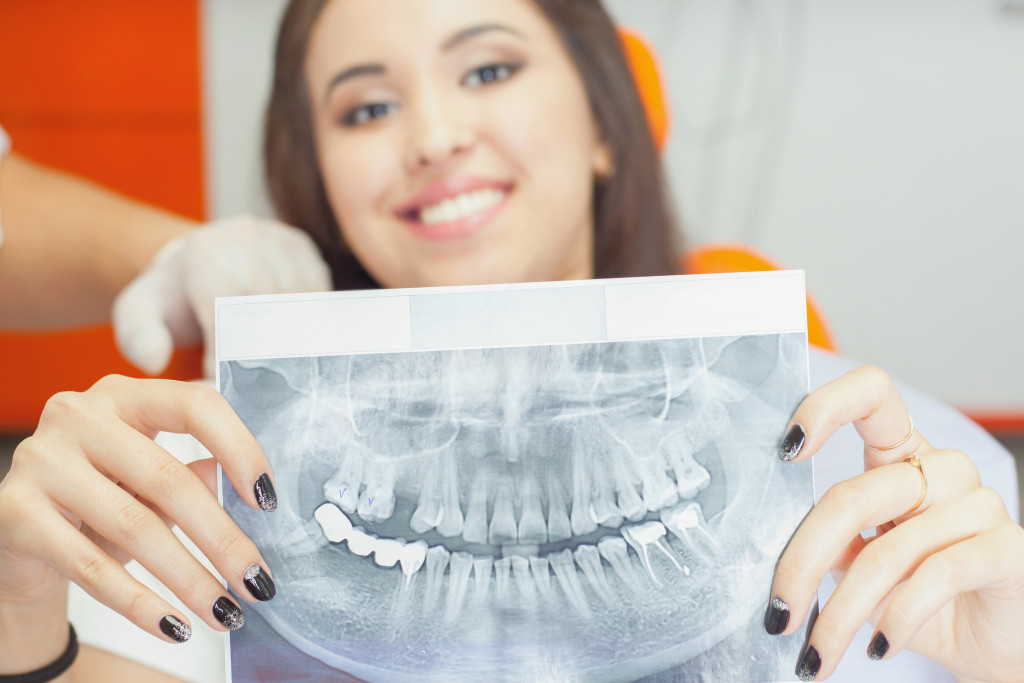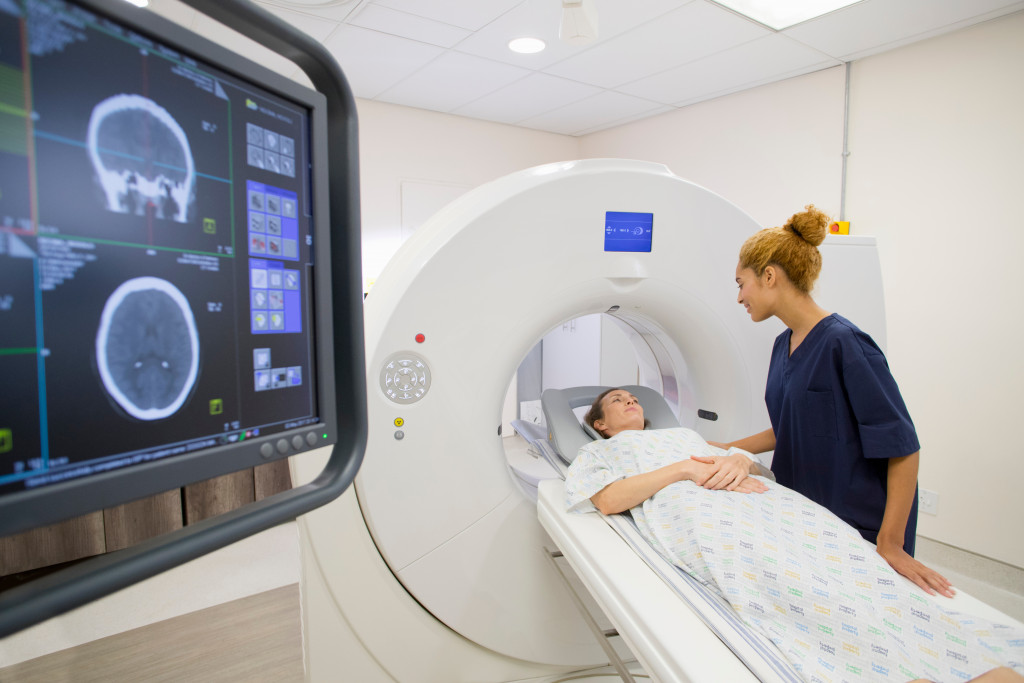- MRI and CT scans have been improved with faster and more accurate imaging, enabling earlier diagnosis of diseases.
- Digital Dental X-rays and Thermal Imaging have also seen advancements, allowing dentists to quickly detect cavities and other abnormalities.
- Liquid biopsy is a non-invasive diagnostic test that can detect cancer early, monitor its progression, and predict treatment response.
- cfDNA analysis provides valuable information about the presence and characteristics of cancer and the response to treatment, revolutionizing precision medicine.
Medical diagnostics is a vital component of modern healthcare, allowing professionals to identify and treat diseases at an early stage. With the advancements in technology and medical research, significant breakthroughs in medical diagnostics have improved patient outcomes and revolutionized healthcare. This blog post will explore some of the latest medical advances in diagnostics that have paved the way for precision medicine and targeted treatments.
Imaging Scans
Imaging scans have played a critical role in the diagnosis of various diseases. The advancements in imaging technology have enabled healthcare professionals a look inside the body to identify and monitor a vast range of conditions, leading to better treatment outcomes.
Magnetic Resonance Imaging (MRI)
This non-invasive imaging technique uses a magnetic field and radio waves to create detailed images of the body. MRI has been instrumental in diagnosing various health issues, including cancer, neurological disorders, and musculoskeletal injuries.
Advancements in MRI technology have made the scans faster and more accurate, enabling healthcare professionals to detect diseases earlier. New MRI contrast agents have also been developed that allow more precise imaging of tumors and other abnormalities. That’s why getting a private MRI scan is often the best option recommended if you want to receive an accurate and timely diagnosis. This way, you can get a clear and precise image of your condition without long wait times in the hospital.
Computed Tomography (CT)
CT is another imaging technique that has seen significant advancements in recent years. CT scans use X-rays to create detailed images of the body, which can help detect diseases such as tumors, heart disease, and lung disease.
Newer CT technology, such as dual-energy and spectral CT, have improved imaging accuracy and reduced patient radiation exposure. These advancements have made CT scans a more viable option for detecting diseases at an early stage.

Digital Dental X-rays
The dental practice has also seen advancements in recent years, enabling dentists to diagnose oral health issues. Digital x-rays and 3D imaging have allowed dentists to detect cavities and other abnormalities that were previously undetectable. The latest digital x-ray technology has vastly improved the accuracy and speed of diagnoses, enabling dentists to provide their patients with quicker and more effective treatment.
Thermal Imaging
This is a diagnostic technique for detecting abnormal temperature changes in the body. Thermal cameras can see differences in temperature that are often linked to various diseases, such as cancer and cardiovascular disease.
The advances in thermal imaging have enabled healthcare professionals to detect diseases at an earlier stage, thereby improving patient outcomes. Thermal imaging is also helpful for diagnosing musculoskeletal and neurological disorders, enabling healthcare professionals to monitor treatments more closely.
Liquid Biopsy
Liquid biopsy is a non-invasive diagnostic test that analyzes blood samples for the presence of cancer cells or DNA fragments released by cancer cells. The test can detect cancer early, monitor cancer progression, and predict treatment response.
Circulating Tumor Cells (CTCs)
CTCs are cancer cells that break away from a tumor and spread in the bloodstream. CTCs in the blood can indicate the presence of cancer and the risk of cancer circulating to other body parts.
Recent advancements in liquid biopsy technology have made detecting and analyzing CTCs in the blood possible. This has improved the accuracy of cancer detection and monitoring, leading to more targeted and effective cancer treatments.

Cell-Free DNA (cfDNA)
cfDNA is DNA released into the bloodstream by dying cells, including cancer cells. The analysis of cfDNA can provide valuable information about the presence and characteristics of cancer and the response to treatment.
Innovation in liquid biopsy technology has made it possible to accurately detect and analyze cfDNA in the blood. This has opened up new possibilities for personalized cancer treatments and improved patient outcomes. Thus, helping to revolutionize precision medicine.
In conclusion, the advancements in medical diagnostics have led to earlier and more accurate disease detection, personalized treatments, and improved patient outcomes. The above diagnostic tests have played a crucial role in these breakthroughs. As medical research advances, you can expect more innovative diagnostic tools and techniques to further revolutionize healthcare.

